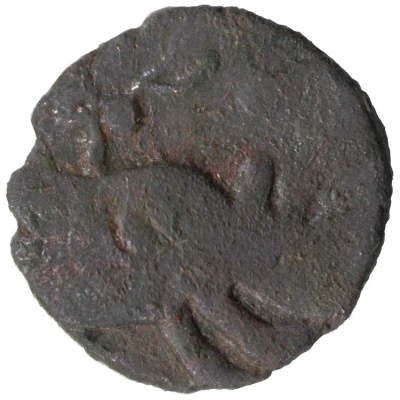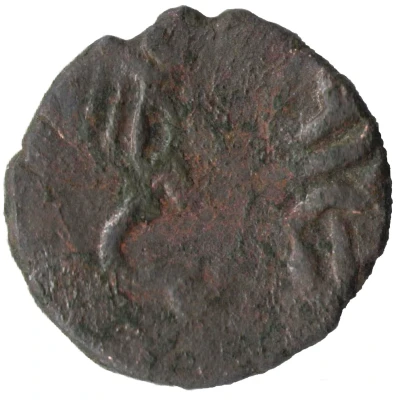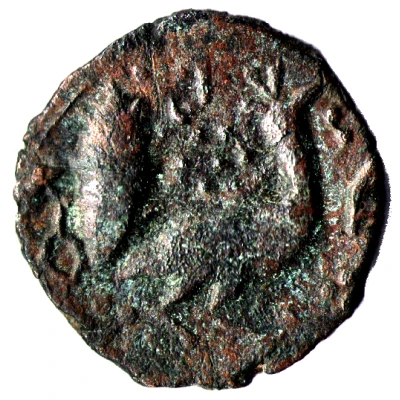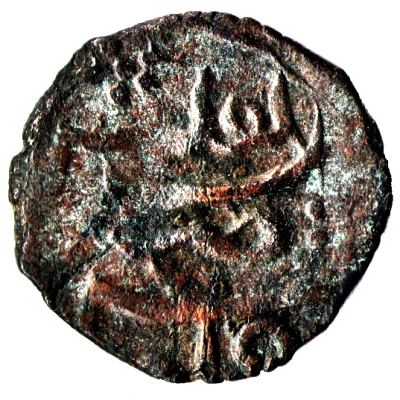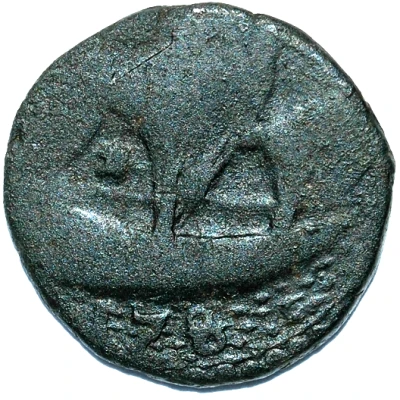
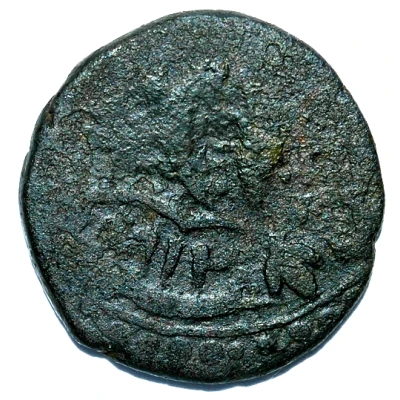

Obverse © Pavle Chumburide – Reverse © Pavle Chumburidze
Puli - Vakhtang VI
1120 (1708) year| Copper | 4.4 g | 21 mm |
| Issuer | Georgia › Kingdom of Kartli (1490-1762) |
|---|---|
| Regent | Vakhtang VI (ვახტანგ VI) (1703-1714) |
| Type | Standard circulation coin |
| Year | 1120 (1708) |
| Calendar | Islamic (Hijri) |
| Value | ¼ Bisti (1⁄40) |
| Currency | Abazi (-1801) |
| Composition | Copper |
| Weight | 4.4 g |
| Diameter | 21 mm |
| Thickness | 1.5 mm |
| Shape | Round |
| Demonetized | Yes |
| Updated | 2024-10-04 |
| Numista | N#97690 |
|---|---|
| Rarity index | 93% |
Reverse
Two zodiacal fishes in the centre and Georgian Mkhedruli legend
abbreviation for the name of Vakhtang: ვნგ or ვტგ. All in ornamented frame
Lettering:
Persian legend. mint and date.
فلوس ضرب تفليس ١١٢٠
Translation: Pulus (in this case, general term for copper money) was struck at Tbilisi in 1120 (=1708/1709).
Interesting fact
The Puli - Vakhtang VI 1120 (1708) coin from Georgia's Kingdom of Kartli (1490-1762) is interesting because it features a unique blend of Christian and Islamic influences in its design. The coin's obverse side bears the image of a cross, while the reverse side features an inscription in Arabic script, indicating the coin's denomination and the name of the ruler, Vakhtang VI. This blending of religious symbols reflects the complex cultural and political landscape of Georgia during the time period, where Christianity and Islam coexisted and influenced each other.
